Summary | Excerpt | Reading Guide | Reviews | Beyond the Book | Read-Alikes | Genres & Themes | Author Bio

Critics' Opinion:
Readers' Opinion:
First Published:
Sep 2009, 352 pages
Paperback:
Sep 2010, 352 pages
 Book Reviewed by:
Book Reviewed by:
Joanne Collings
Buy This Book
This article relates to Arctic Chill
Located midway between North America and mainland Europe (map), Iceland is the same distance from New York as New York is to Los Angeles. The island is the same size as the state of Ohio, with 11% of its surface covered in glaciers. Much of the country is an other-worldly moonscape of ancient lava flows covered in moss, and tall, treeless mountains. More than half of Iceland's 300,000 residents live in the capital city, Reykjavik (pronounced RAKE-ya-vick); but with more than 100,000 waterfalls, countless hot springs, numerous fjords, and green valleys, Iceland's uninhabitable parts are popular destinations for native and tourist explorers.

Icelandic Names
Only about 10% of Icelanders have surnames; the rest use patronyms, which is to say that a person's last name is formed from the first name of his or her father. Children are given their father's first name plus "son" when they are boys and the father's first name plus "dottir" for girls. Women do not change their names when they marry and, obviously, children will have different "last names" from their parents. This may sound confusing, but most Icelanders, who are descended from the Vikings (with some early blending of Celtic blood), can trace their family lines back to the 13th century, so it works for them.
Those who use surnames had to have acquired them prior to 1925 when the law began requiring the use of patronymics. In some families, matronymics are used, meaning that the children are given the mother's name. Some families even choose to use both, as in the case of the former mayor of Reykjavík, Dagur Bergþóruson Eggertsson. Icelanders almost always use first names to refer to one another – people even refer to the president as Olafur, and never Mr. Grimsson! As for first names - previously unused names must be approved by the Icelandic Naming Committee - the two criteria that a name must meet are that it can be spelled using the Icelandic alphabet and that it can be declined according to standard grammatical rules.
Language & Literacy in Iceland
Icelanders speak Icelandic, believed to be little changed from what was spoken by the original Norse settlers; the alphabet has two letters unique to it: the character "eth": Ðð and the runic letter "thorn": Þþ . Most Icelanders, especially the younger generations, also speak fluent English, and many speak several other languages, including Danish, German, and Spanish. Iceland has a high standard of education, with the highest literacy rate in the world, effectively 100%, and more books, periodicals, and newspapers published per capita than anywhere else.
Filed under Places, Cultures & Identities
![]() This "beyond the book article" relates to Arctic Chill. It originally ran in October 2009 and has been updated for the
September 2010 paperback edition.
Go to magazine.
This "beyond the book article" relates to Arctic Chill. It originally ran in October 2009 and has been updated for the
September 2010 paperback edition.
Go to magazine.
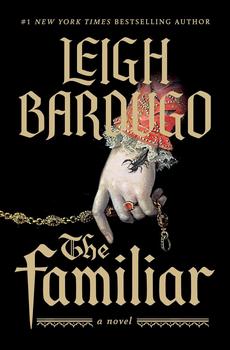
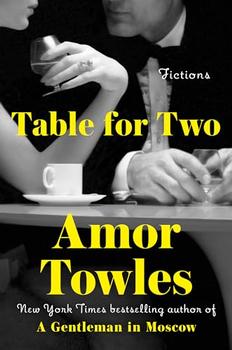
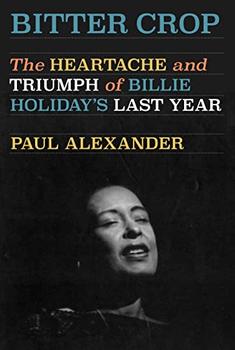
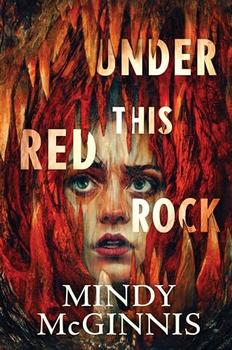
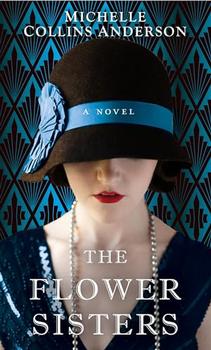
The Flower Sisters
by Michelle Collins Anderson
From the new Fannie Flagg of the Ozarks, a richly-woven story of family, forgiveness, and reinvention.
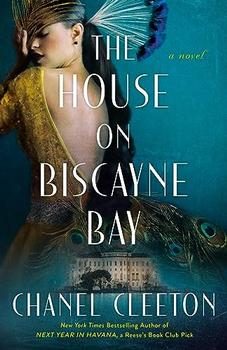
The House on Biscayne Bay
by Chanel Cleeton
As death stalks a gothic mansion in Miami, the lives of two women intertwine as the past and present collide.

The Funeral Cryer by Wenyan Lu
Debut novelist Wenyan Lu brings us this witty yet profound story about one woman's midlife reawakening in contemporary rural China.
Your guide toexceptional books
BookBrowse seeks out and recommends the best in contemporary fiction and nonfiction—books that not only engage and entertain but also deepen our understanding of ourselves and the world around us.